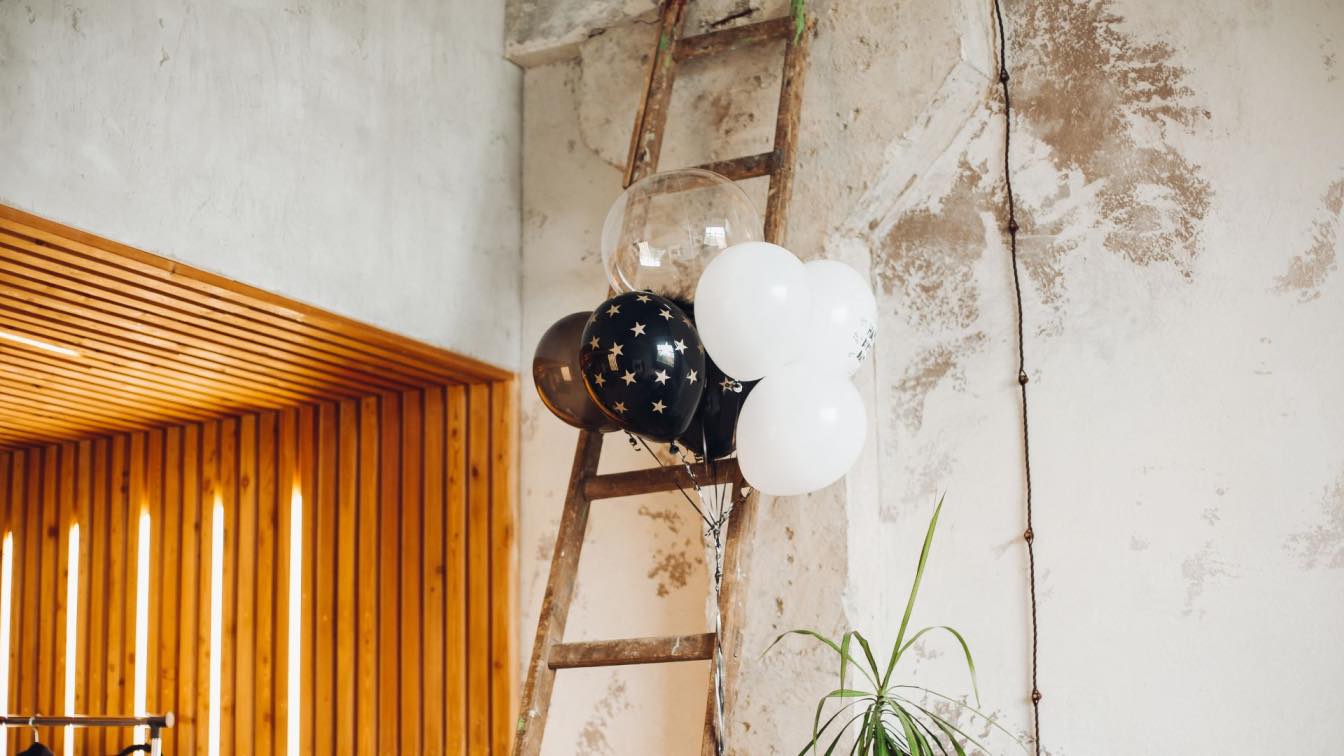Mold is something that can have serious implications on both your home and your health. It can cause respiratory issues, skin irritations, allergic reactions, and more. If you’ve noticed mold growing anywhere in your house or business, you must take immediate action to protect yourself and those around you from its adverse effects. In this blog post, we will discuss the impact of mold on your home and how it affects human health. We will also provide tips for addressing the problem quickly if found in any areas of concern and an overview of what safety measures should be taken when dealing with mold remediation.
What is Mold and Why is it Dangerous to Your Home and Health:
Mold is a variety of fungi that grows in damp environments and can spread quickly throughout a home. It can appear in a variety of colors, including black, green, and white. While some types of mold are harmless, others can produce toxins that can pose serious health risks to you and your family. Exposure to mold can cause allergic reactions, respiratory problems, and even neurological issues. It's important to take mold growth seriously and to take steps to prevent it. These preventative measures can include keeping your home dry and aired. You should also promptly fix leaks or water damage. Eradicate mold growth as soon as it's detected. By taking these steps, you can protect both your home and your health from the dangers of mold.
Signs of Mold in Your Home:
Mold is a type of fungus that can grow in damp, dark areas of your home, and it can cause a variety of health problems if left untreated. Some common signs of mold in your home include a musty smell, discoloration on walls or ceilings, and increased allergy symptoms in those living in the house. It's important to address mold as soon as possible to prevent it from spreading and causing further damage to your home and protect your health. If you suspect you have mold in your home, it's best to call a professional to assess the situation and develop a plan of action properly.
How to Test for Mold:
Mold is a pesky little organism that can wreak havoc on your home and health. While visible mold is easy to detect, it's the invisible spores that are cause for concern. Mold testing in Rochester, NY, can help identify if there's a problem lurking where you can't see it. There are various methods for testing, including air sampling, surface sampling, and bulk sampling. Air sampling is the most common and involves measuring the concentration of mold spores in the air. Surface sampling involves swabbing or collecting dust from a surface where mold may be present. Bulk sampling is the collection of a material suspected of containing molds, such as drywall or carpet. Whichever method you choose, hiring a certified professional who will take accurate samples and provide you with a detailed analysis of the results is essential. Testing for mold may seem inconvenient, but it's a vital step for maintaining a healthy living space.
The Effects of Mold on Your Health:
Mold is a fungus that grows in dark and damp environments. While some types of mold are harmless, others can be detrimental to your health. Mold exposure can cause a wide range of health issues like respiratory problems, allergies, and irritation of the eyes, nose, and throat. More severe reactions to mold include asthma attacks and infections. It's crucial to ensure your home or workplace is free of mold to prevent these health issues from occurring. If you suspect a mold problem, it's best to consult a professional to test and safely remove it. Don't let mold compromise your health - take action to eliminate it.
How to Clean Up a Mold Problem:
Mold can be a pesky problem that often goes unnoticed until it becomes a bigger issue. Wearing protective gear such as gloves, goggles, and a mask is essential to begin cleanup. Next, identify the source of the water or moisture that is causing mold growth and eliminate it. Then, remove any porous materials affected by the mold, such as drywall or carpet—clean non-porous surfaces with a mixture of bleach and water or a specially formulated mold killer. Once the cleanup is complete, ensure the area is well-ventilated and monitored for any signs of recurring mold growth. It's important to take mold seriously and address it promptly to protect the health and safety of everyone in the affected space.
Prevention Tips for Keeping Your Home Safe from Mold:
Mold is a common problem that can affect any home. It is unsightly and can also be dangerous to your health, as mold releases spores that can cause respiratory issues. To keep your home safe from mold, prevention is critical. One of the most important things you can do is control your home's moisture levels. Make sure to fix any leaks and clean up spills promptly. Additionally, make sure your home is well-ventilated to allow for proper air circulation. Regularly clean and inspect areas prone to moisture, such as bathrooms, kitchens, and basements. By following these prevention tips, you can keep your home safe from mold and improve the overall air quality in your living space.
Mold is a real problem that needs to be addressed. If you think you may have a mold problem, it's best to test and deal with it early. There are several ways to remove molds, such as mechanical removal, natural methods, and chemical applications. Make sure to take the necessary precautions when dealing with mold issues and preventative measures to avoid future problems. Taking care of the signs of mold in your home is a must for maintaining its health and safety. The effects of mold go beyond just damaging your home; it can also adversely affect one's overall health and well-being if left untreated for too long. Remember: It’s always best to stay ahead of any potential water or sweat by enacting prevention efforts such as correctly ventilating areas prone to high moisture levels, making sure gutters are functioning properly, checking areas prone to leaks regularly, and quickly fixing any issues found throughout your home. With the proper knowledge and preparation, you can keep mold out of your home and away from those who live there.





